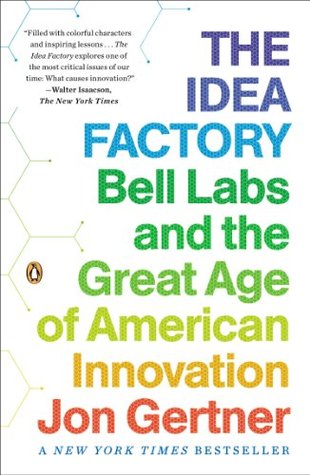His larger view of innovation, as a result, was that a great institution with the capacity for both research and development—a place where a “critical mass” of scientists could exchange all kinds of information and consult with one another for explanations—was the most fruitful way to organize what he called “creative technology.” A corollary to his vision was that size and employee numbers were not the only crucial aspect. A large group of physicists, certainly, created a healthy flow of ideas. But Kelly believed the most valuable ideas arose when the large group of physicists bumped against
...more
Welcome back. Just a moment while we sign you in to your Goodreads account.


